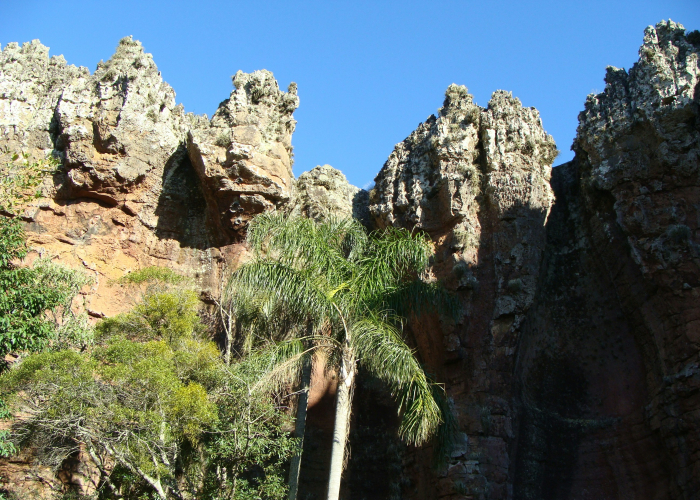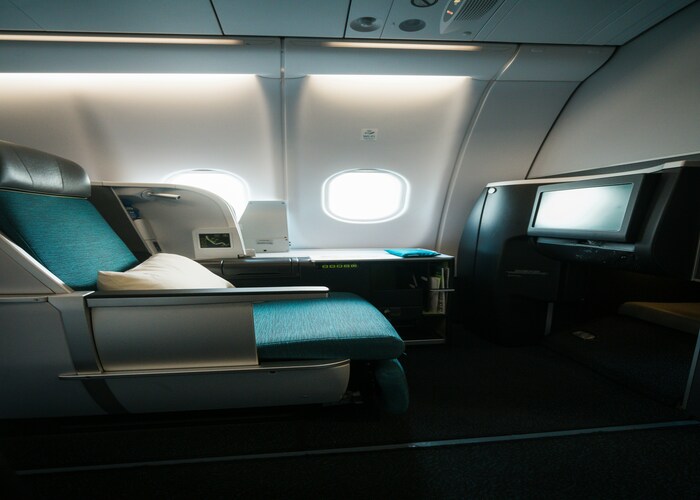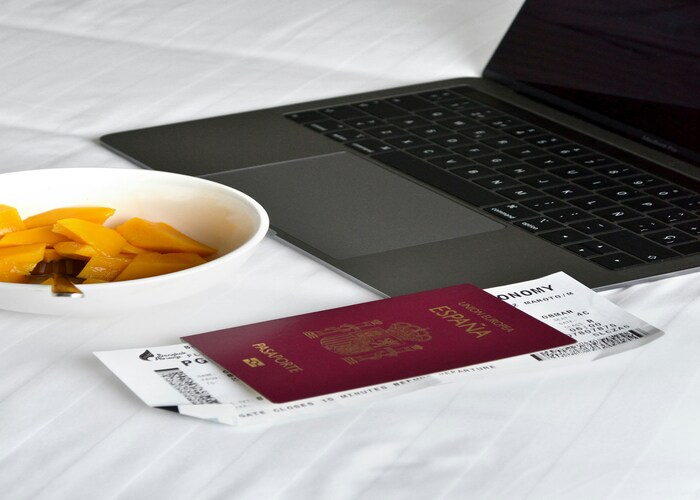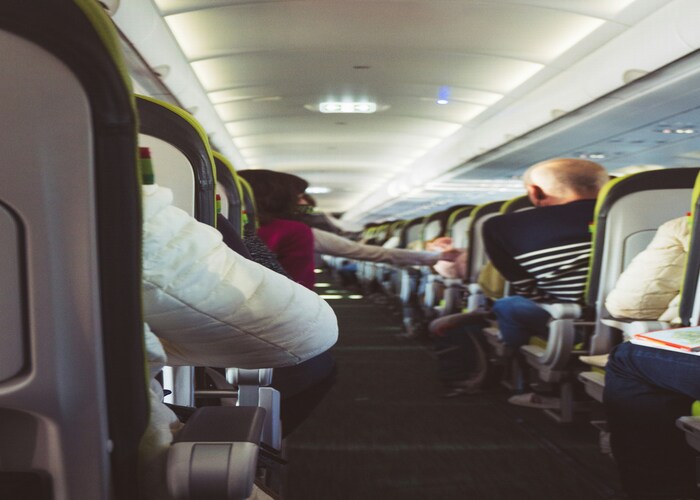The Flinders Ranges in South Australia is one of the most spectacular natural landscapes in the country, renowned for its rugged mountain ranges, deep gorges, and rich Aboriginal heritage. Combining guided hikes with cultural insights at Wilpena Pound, this tour offers visitors a unique chance to connect with nature and history simultaneously.
Wilpena Pound, a natural amphitheater of mountains spanning 80 square kilometers, is famous for its dramatic scenery, endemic wildlife, and Aboriginal rock art sites. The Aboriginal heritage walks reveal the ancient cultural stories and Dreamtime legends of the Adnyamathanha people, making it a must-visit for nature enthusiasts and cultural explorers alike.
Best Time to Visit
Weather and accessibility are key considerations for a safe and enjoyable experience:
- Spring (September to November): Mild temperatures, blooming wildflowers, and excellent wildlife spotting.
- Autumn (March to May): Cooler days, fewer crowds, and stunning light for photography.
- Summer (December to February): Hot and dry; early morning hikes are recommended to avoid heat.
- Winter (June to August): Cold nights and shorter daylight hours; suitable for those prepared for cooler conditions.
Tip: Spring and autumn are generally the most comfortable times for trekking and cultural tours.
How to Reach Flinders Ranges
The Flinders Ranges is accessible via road and air:
- By Air: Fly into Adelaide Airport and hire a car or take a tour bus to Wilpena Pound (approximately 5 hours by road).
- By Road: Self-driving from Adelaide along the A1 and B83 highways offers scenic routes with small town stops.
- By Train: Limited service; most travelers rely on car hire or guided tours for flexibility.
Tip: Renting a 4WD is helpful for accessing remote areas and unsealed roads.
Entry Fees and Permits
- Flinders Ranges National Park: Entry fees apply and are approximately AUD 12–15 per vehicle per day (subject to change).
- Camping Permits: Required for overnight stays at designated campgrounds.
- Guided Aboriginal Walks: Optional tours may have additional charges but provide cultural insights and safety guidance.
Note: Always check current park fees and permit requirements before planning your trip.
Food Availability and Meal Options
- On-Trail Food: Bring packed meals and snacks for hikes and walks.
- Nearby Towns: Hawker and Rawnsley Park Station provide cafés, grocery stores, and fuel.
- Camping: Many trails and campsites lack food facilities; self-catering is necessary.
- Water: Carry adequate water, especially during summer, and use purification tablets if sourcing from natural streams.
Tip: High-energy, lightweight food is ideal for multi-hour hikes.
Packing List and Essentials
- Sturdy hiking boots suitable for rocky terrain
- Lightweight, layered clothing for variable weather
- Hat, sunglasses, and sunscreen
- Backpack with hydration system
- First aid kit and personal medications
- Camera or binoculars for wildlife and landscape viewing
- Map, compass, or GPS device
- Snacks, packed meals, and sufficient water
- Rain jacket and warm clothing for cooler months
Tip: Pack gear in waterproof bags to protect electronics and documents from sudden rain showers.
Safety Tips and Local Regulations
- Navigation: Stay on marked trails and follow park signage.
- Weather: Check forecasts; sudden weather changes can occur in the ranges.
- Wildlife: Maintain a safe distance; avoid feeding or disturbing animals.
- Fires: Open fires are prohibited in most areas; use designated stoves for camping.
- Solo Hiking: Inform someone about your route and estimated return.
Regulations: Follow Leave No Trace principles to preserve natural and cultural heritage.
Tips for Beginners or First-Time Visitors
- Start with shorter walks to become familiar with the terrain.
- Consider guided tours for Aboriginal cultural experiences and safety.
- Carry trekking poles for steep or rocky trails.
- Plan early morning hikes to avoid high temperatures.
- Ensure all gear is waterproof and suitable for sudden weather changes.
Tip: Beginner-friendly walks include the Bunyeroo Gorge and Wangara Lookout trails.
Local Customs and Cultural Etiquette
- Respect Adnyamathanha cultural sites, including rock art and ceremonial areas.
- Avoid removing rocks, plants, or artifacts from sacred areas.
- Keep noise to a minimum to preserve wildlife and cultural experiences.
- Seek guidance from local guides to better understand Dreamtime stories and cultural significance.
FAQ Section
1. How long is the hike and tour?
Hikes range from 1–4 hours for day walks to full-day guided treks depending on chosen trails.
2. What is the difficulty level?
Trails range from easy to moderate, with some uneven and rocky sections.
3. Is it suitable for beginners?
Yes, with careful route selection, shorter hikes, and optional guided tours.
4. Are there restroom facilities?
Basic facilities are available at main trailheads and camping areas; most hiking paths have none.
5. What wildlife might I see?
Kangaroos, emus, wedge-tailed eagles, and various reptiles and bird species are commonly seen.
6. Do I need permits?
Day visitors usually pay an entry fee; overnight campers need permits for designated sites.
7. Is mobile coverage available?
Coverage is limited; offline maps and GPS devices are recommended.
8. Can I hike independently?
Yes, but guided Aboriginal hikes enhance cultural understanding and ensure safety in remote areas.
9. Best season to visit?
Spring and autumn offer ideal weather, fewer crowds, and great conditions for photography and wildlife spotting.
Conclusion
The Flinders Ranges Aboriginal hike and Wilpena Pound tour offer a perfect combination of adventure, nature, and culture. From exploring rugged gorges and mountain trails to learning about the Adnyamathanha people’s heritage, visitors experience one of Australia’s most iconic wilderness areas.






Leave a Reply